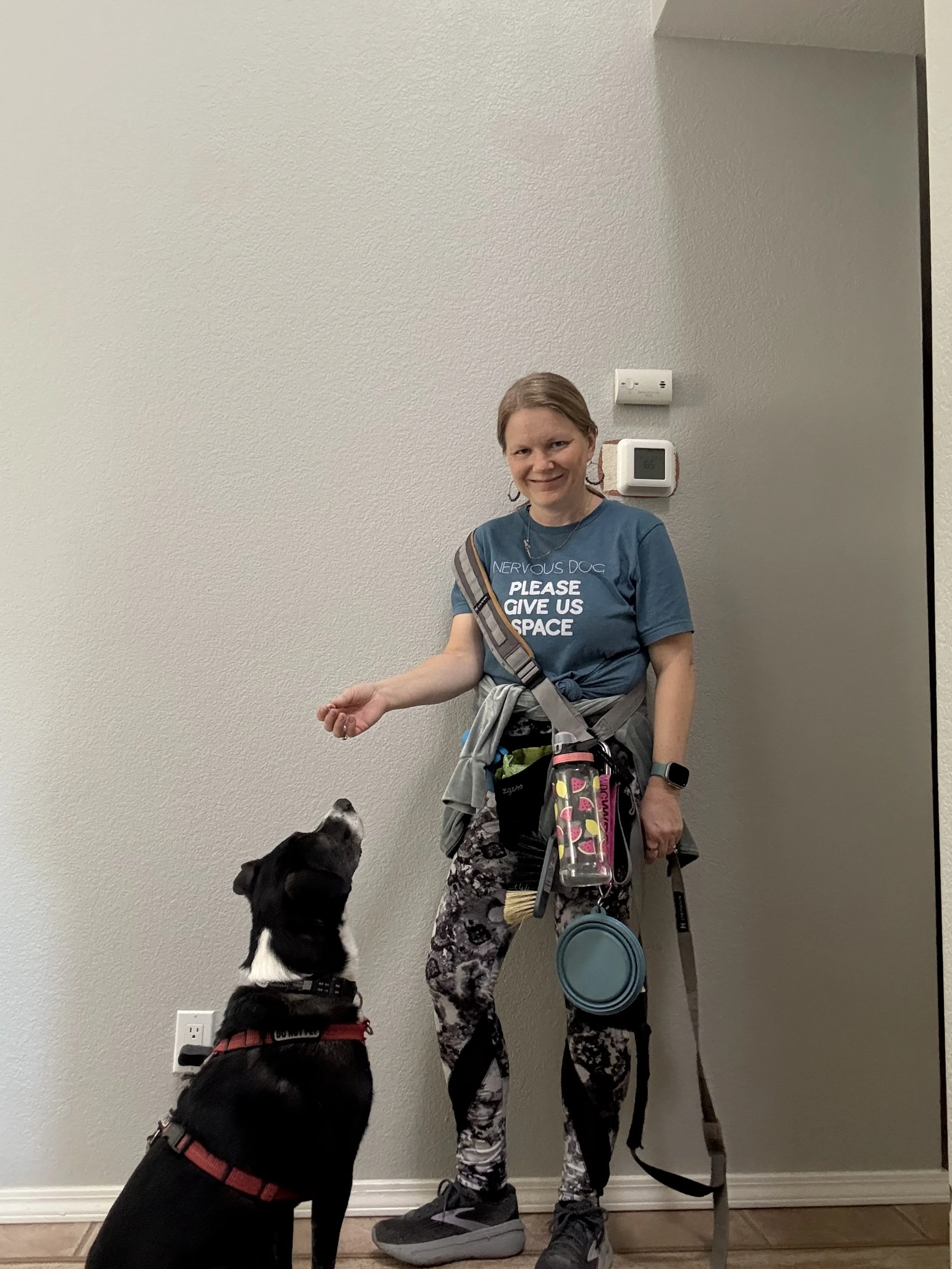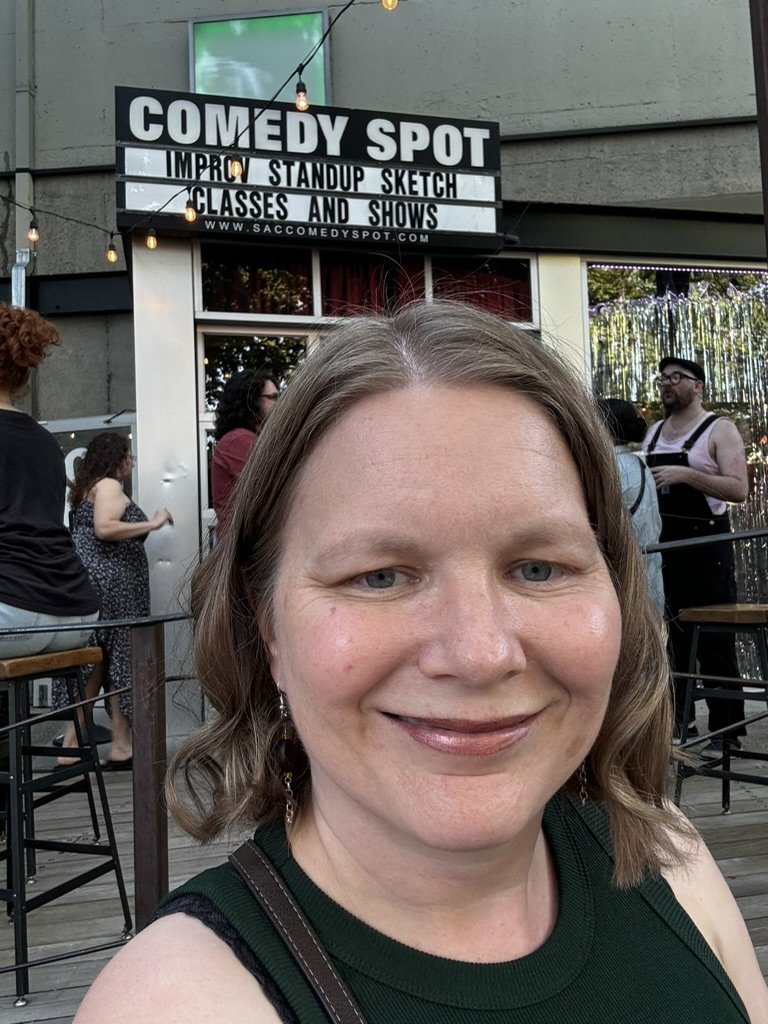I feel like this is one of the first times that I could actually see the results of exercise on my glucose IN REAL TIME. The Glucose Goddess says that saying we don’t have to pay attention to our glucose because we don’t have diabetes is like saying we don’t have to brush our teeth because we don’t have cavities.
Well, for me the cookies at Harris Ranch Resort are like cryptonite. They load my body with glucose but taste SO GOOD. We got to the hotel just before 4 pm yesterday, and I ate 2 of them. Then I figured that I would put the glucose hacks to the test.
I went for a walk to see if I could reduce the spike. My glucose was going up but only slightly. The dots stayed close together. Then my phone got down to 1% battery and I stopped to charge. My blood sugar started to go up at a faster pace with the dots getting farther apart. Then when I had a bit of charge to listen to my podcast, I resumed walking. My blood sugar went back down. I stopped walking and it did a bit of a rebound.
I am fascinated and inspired. I mean, it seemed to make a significant difference. Two cookies is clearly going to cause some kind of a roller coaster, but walking is easy and enjoyable and it clearly made a difference.
I’m planning to do the experiment again in a few days when we stay here again on the way home, but with a fully charged phone and just walk for an hour or so straight after eating the cookie(s) to see what happens. Check out the screenshot from my Stelo glucose monitor.
Update: I did the experiment again, walking for an hour without stopping after eating the cookies.
After eating the cookies, I walked for an hour and 5 minutes for a total of 2.12 miles. Here is the chart from my glucose monitor (with my notes):
What I notice is that after I ate the cookies, my blood sugar started to spike (the dots were farther apart). When I started walking, my blood sugar went up much more slowly (the dots were closer together). I walked for an hour and 5 minutes. That was long enough for my blood sugar to actually start going down. When I stopped walking, it started to go up again but more slowly this time. Then I ate a healthy dinner with eggs, veggies, beans, and black rice. Not sure what my blood sugar would have done if I hadn’t had dinner then, but the dots seemed to get closer together (maybe because of the fiber and protein?).
Related Content
Why What You Eat Could Be Waking You Up at Night (the impact of glucose on sleep)























